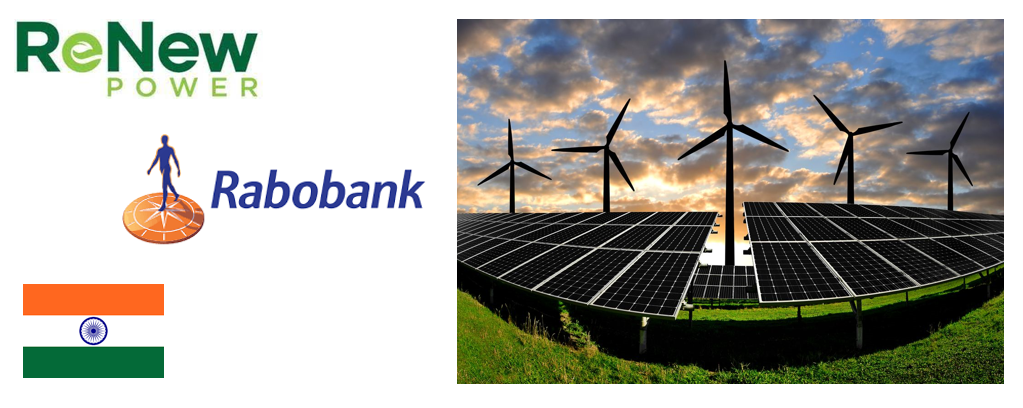
The company secured the loan from a consortium of 12 international lenders, led by Rabobank, marking the largest single project-focussed loan based on external commercial borrowings (ECB), in India’s renewable energy sector. The proceeds will be deployed towards a round-the-clock project involving the installation of wind and solar farms across the Indian states of Karnataka, Rajasthan and Maharashtra. The portfolio is backed by a 25-year PPA with the Solar Energy Corporation of India (SECI), at a base tariff of $36.5/MWh, which will increase by 3% annually for 15 years and then stabilise for the remaining 10 years if the contracted lifespan.
ReNew Power holds $8.1 billion of outstanding funding commitments as of June 30th, 2022, of which the single largest share (32.3%) is attributed to senior overseas green bonds. Equity makes up the second largest tranche of financing, occupying a 26% share, while loans secured from foreign investors comes in third at 22.1%. During the last ~4 months, the company was able to raise new debt at a lower cost of capital compared to the average cost of the company’s total long-term liabilities. Further, 20% of ReNew Power’s high-cost fixed rate debt is maturing within the next 3 years; which it expects to refinance with lower cost fixed / variable cost debt.
The $1 billion loan marks one of the largest single-project financing in the global renewable energy space, and is representative of the importance of foreign investors in the Indian renewables market. The OECD estimates that India needs as much as $300 billion or $30-33 billion/year over the current decade to achieve its 2030 ambition of increasing renewable energy generation capacity fivefold - from 100 GW currently to 500 GW. Achieving this investment level is feasible, but will require channels beyond domestic financiers, who currently provide the bulk of renewable energy finance and who realistically cannot double or triple their current lending levels. The lending capacity of domestic financiers for long-lived assets like renewables is limited, due to power sector credit exposure ceilings and bank liability profiles. Microfinance institutions (MFIs), such as BFIL and SEWA, are similarly constrained by credit exposure limits. Over the next 5 years, Enerdatics expects the penetration of foreign lenders in India’s renewable energy sector to increase significantly, driven by the country’s need for renewable energy to reduce its import bill and the presence of one of the most stable regulatory environments in the Asia-Pacific region.
The above analysis is proprietary to Enerdatics’ energy analytics team, based on the current understanding of the available data. The information is subject to change and should not be taken to constitute professional advice or a recommendation.
Click to know more about Enerdatics' Renewable Energy M&A, Finance, PPA, and Projects databases.